
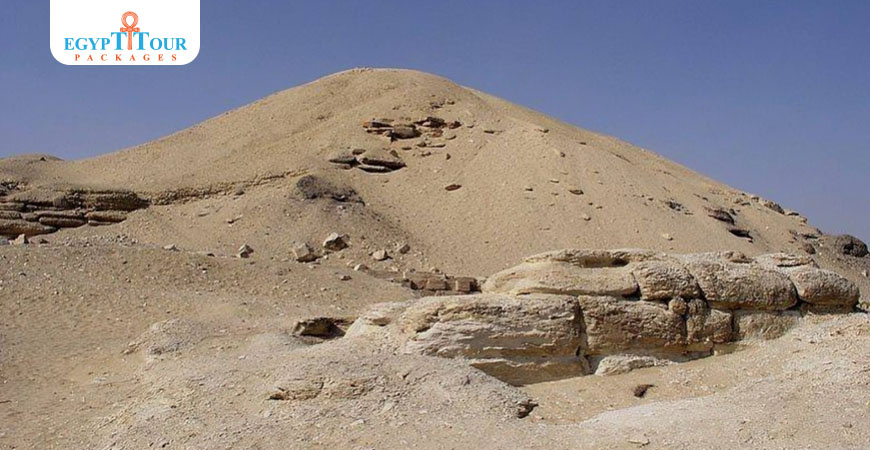
Pyramid of Amenemhat I
The pyramid of Amenemhat I is an Egyptian burial structure built at Lisht by the founder of the Twelfth Dynasty of Egypt, Amenemhat I.
Pyramid of Amenemhat I
Situated on the western side of the Nile, between Saqqara and Meidum, approximately 50km south of Cairo, lies the ancient dwelling and burial ground of the first two rulers of Dynasty XII at Lisht. In the early Middle Kingdom, the capital temporarily shifted from Memphis was one of the oldest and most important cities in ancient Egypt, located at the entrance to the Nile River Valley near the Giza plateau. Memphis to Thebes until Amenemhet I, the first king of Dynasty XII, established a new residence called 'Itjawy' near the modern village of Lisht. Although the exact location of the town remains undiscovered, it is believed to have been in close proximity to the two pyramids constructed in this area, as mentioned in historical texts from that era. While traveling south to Cairo, the pyramids of Senwosret I and Amenemhet I can be spotted from the main road, although they are barely distinguishable from the surrounding desert hills today.

King Amenemhet I
Amenemhat I, the first ruler of Dynasty 12 in ancient Egypt's Middle Kingdom, accomplished the creation of a new capital city called Itj-tawy. This city was situated near the present-day village of Lisht, approximately 25 miles south of Cairo. Amenemhat I also built his pyramid in the vicinity of his capital city. However, political power during Dynasty 12 was primarily concentrated in the southern region near Thebes (modern Luxor).
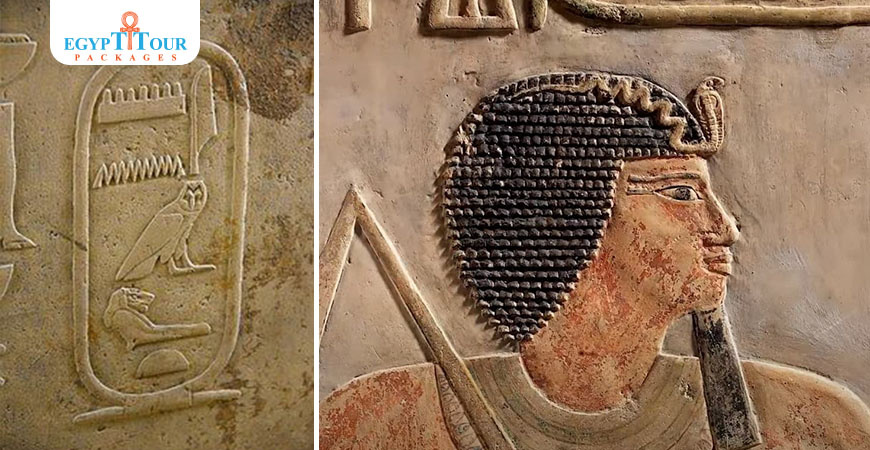
The Pyramid of Amenemhet I at Lisht in Egypt
The pyramid was originally over 55m high, but now it is sadly only around 20m tall.This decrease in height is not only due to ancient theft of its materials, but also because of its poor construction method. After the magnificent pyramids were built at Giza, pyramid construction declined. Although some stone from earlier structures was used, a large portion of the pyramid was made with unfired mudbricks. The core of the pyramid consisted of small rough limestone blocks filled with debris and mudbricks, which were cheap and abundant in the nearby Faiyum region. During Maspero's first visit to Amenemhet's pyramid, he noticed that blocks of stone from other royal monuments had been used, and the names of Khufu, Khafre, Unas, and Pepy were discovered there.
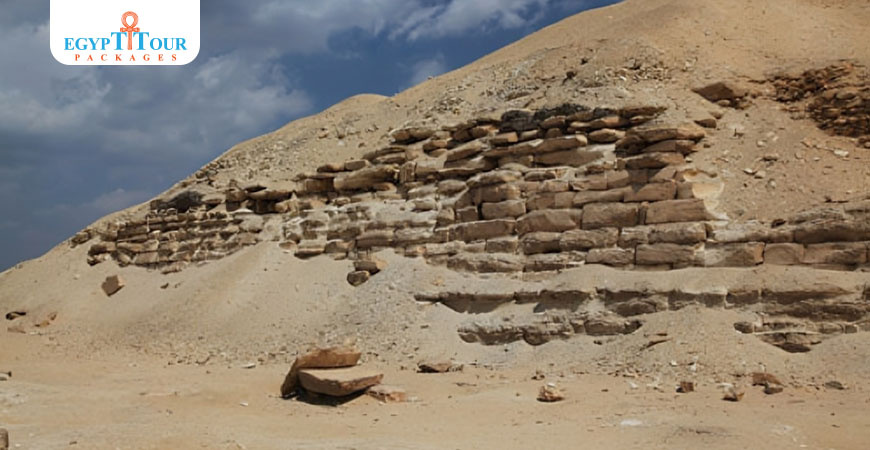
Pyramid Complex of Amenemhat I
The monument's entrance is located on the north side. A gently sloping passage, made of pink granite, leads down from the ground level to a square chamber above the pyramid's central axis. There is also a vertical shaft that leads to the burial chamber. Unfortunately, the modern excavation of the underground burial chamber is difficult due to the presence of groundwater, which floods the chamber. The entrance was concealed by a chapel, and the rear had a false door to disguise the entrance to the sloping passage.

Pyramid of Amenemhat I Fact
The small funerary temple on the eastern side of the pyramid has been mostly destroyed. Only a limestone false door and a granite altar with carvings of Nile gods and nome deities remain. Archaeologists have discovered fragments of reliefs that mention both Amenemhet I and his son Senwosret I, indicating that Senwosret may have rebuilt the temple. The temple was constructed on a lower terrace compared to the pyramid base, possibly inspired by Mentuhotep's temple at Deir el-Bahri.
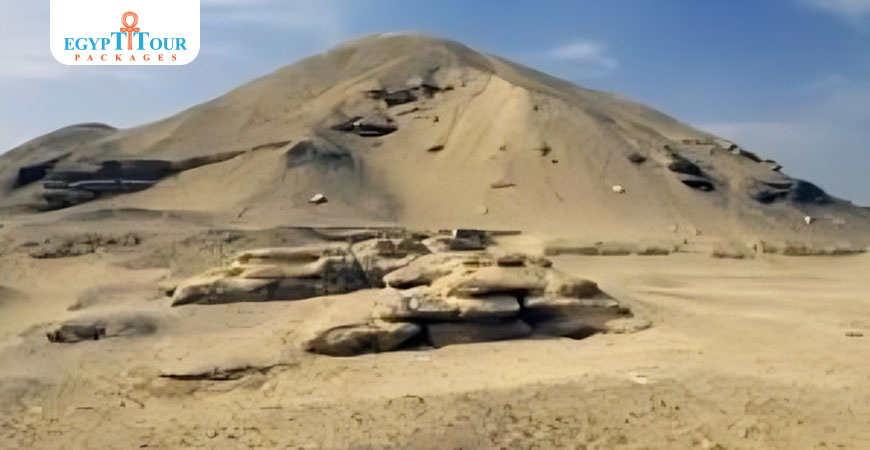
The pyramid of King Amenemhat I
Inside the inner wall of the complex, archaeologists discovered multiple mastaba tombs belonging to the royal family and high-ranking officials. On the western side, there are 22 shaft tombs specifically built for the king's wives and daughters, with a few of their names already uncovered.

The Pyramid of Amenemhet I at Lisht
The complex had an outer wall surrounding it, and a pathway from the temple led to the Nile through the wall. However, the location of a valley temple has never been found.
Entrance
Visitors are not allowed to enter the pyramids at Lisht without special permission.
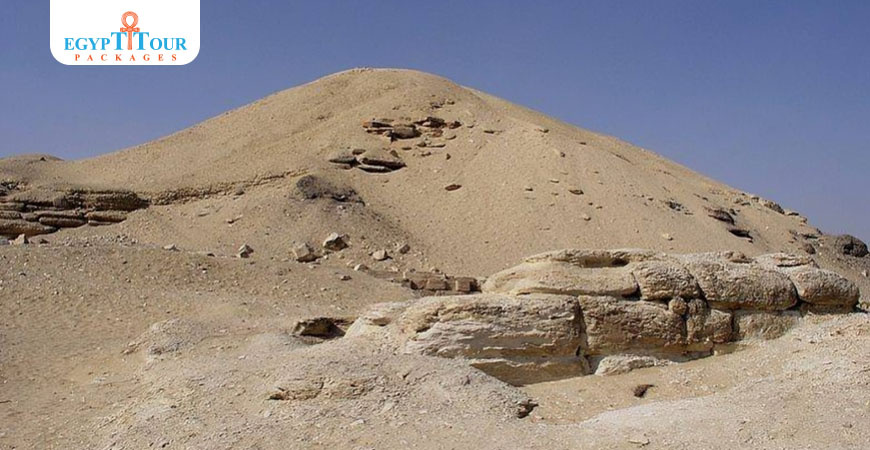
Post A Comment
Your Email Address Will Not Be Published.
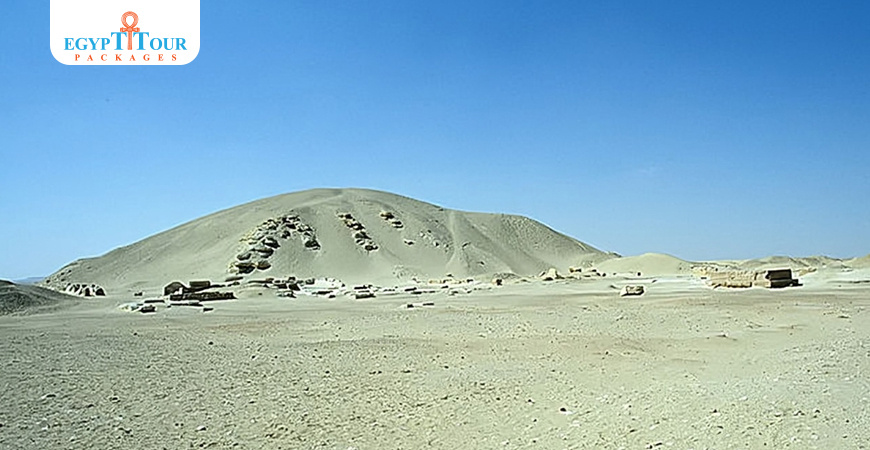


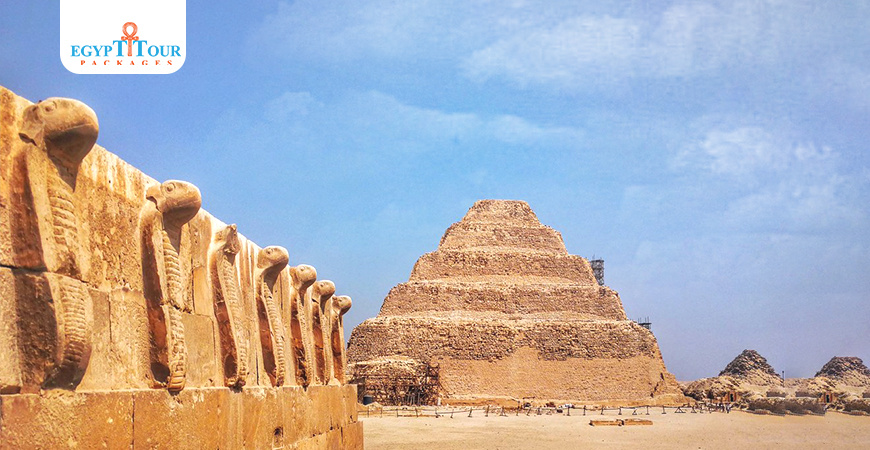







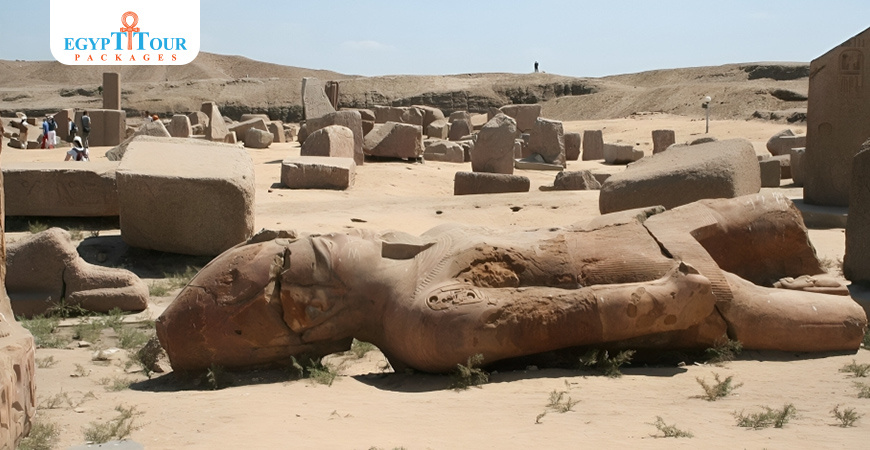


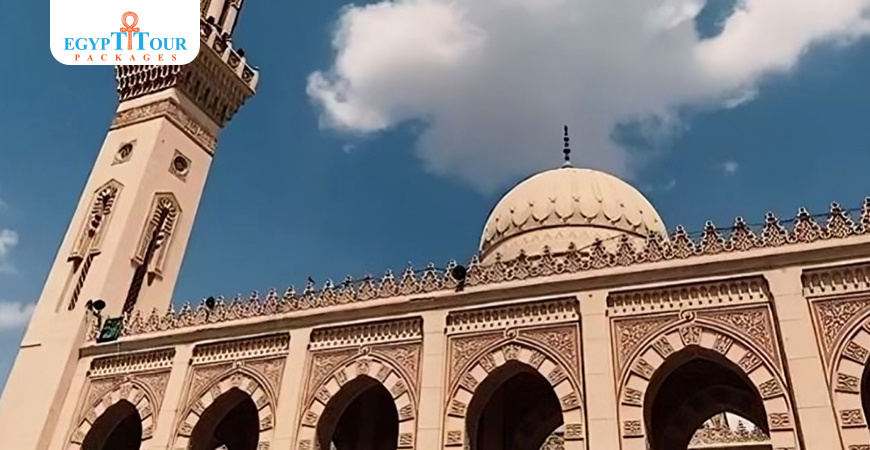


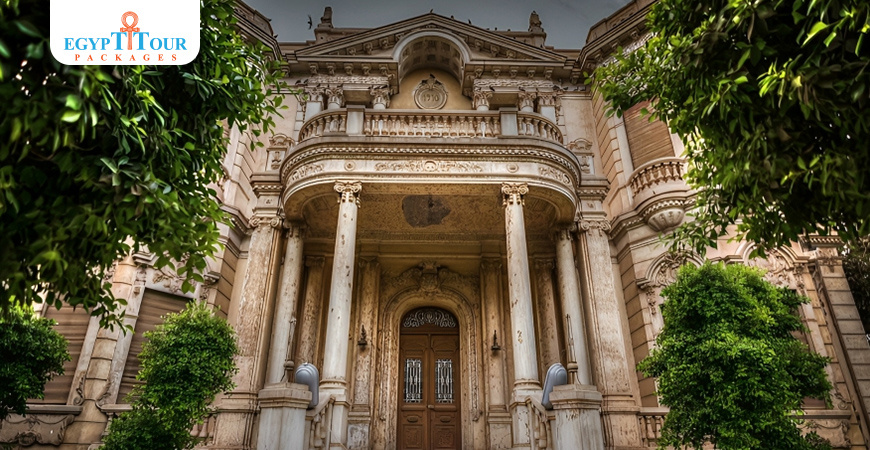
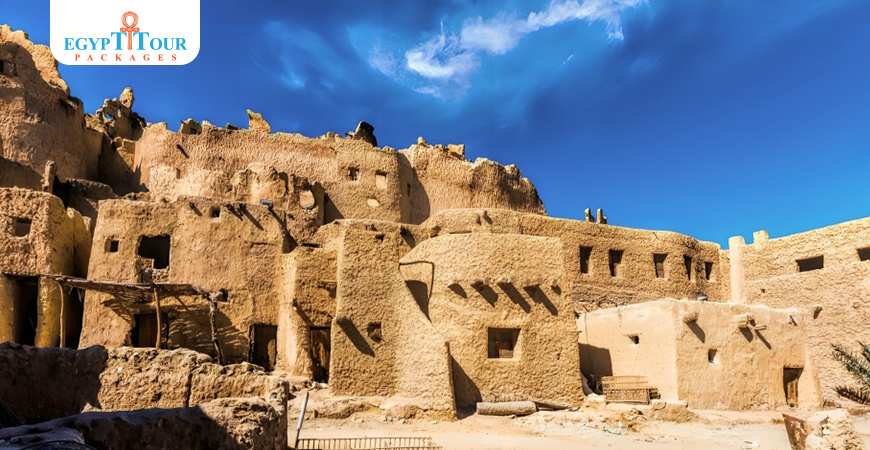
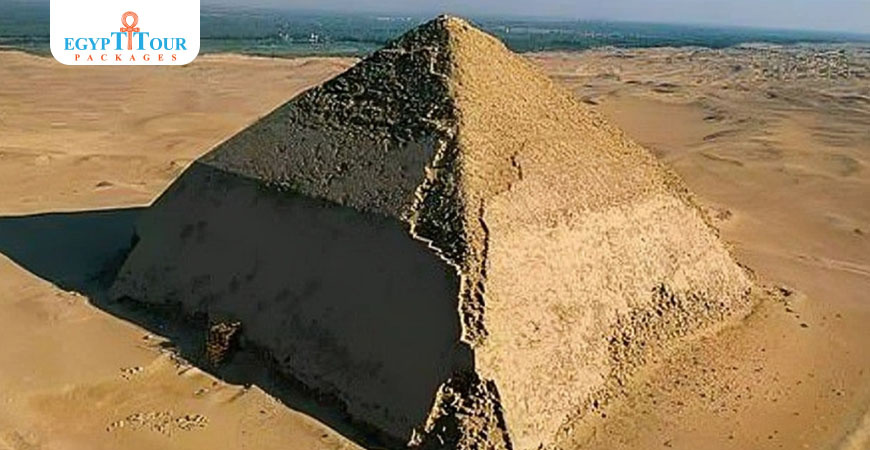
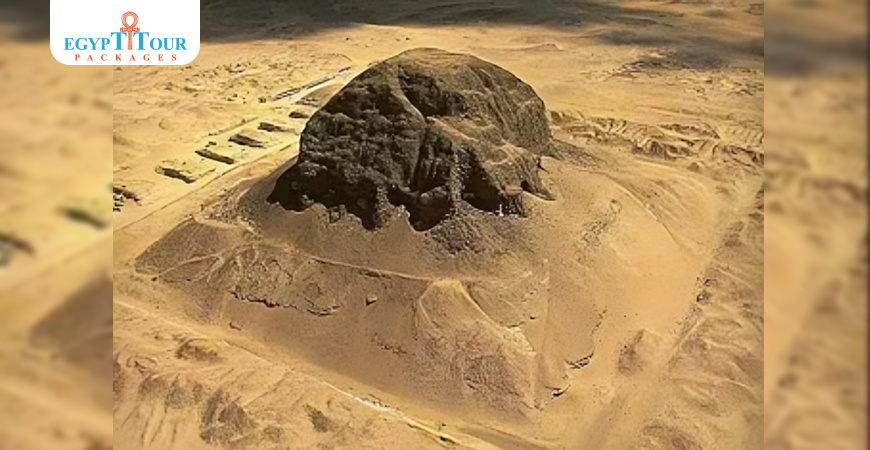
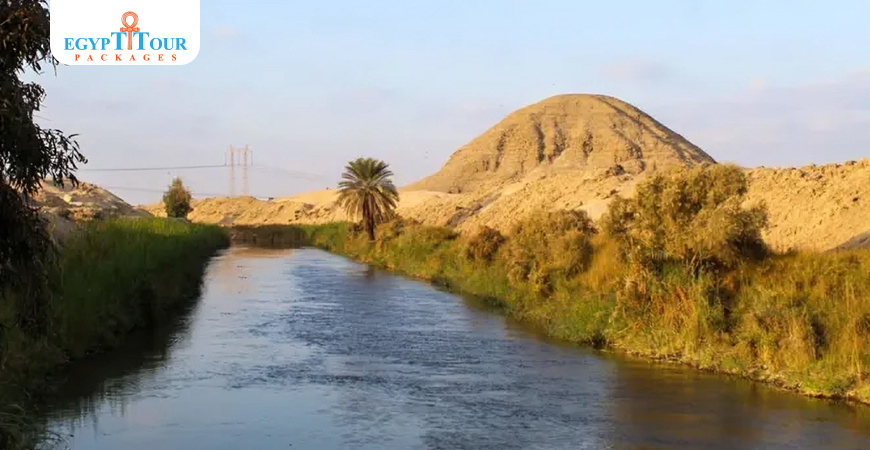
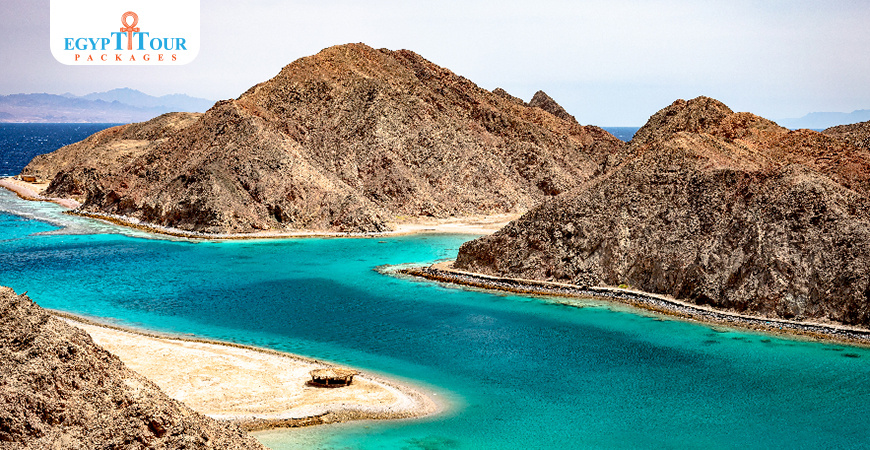

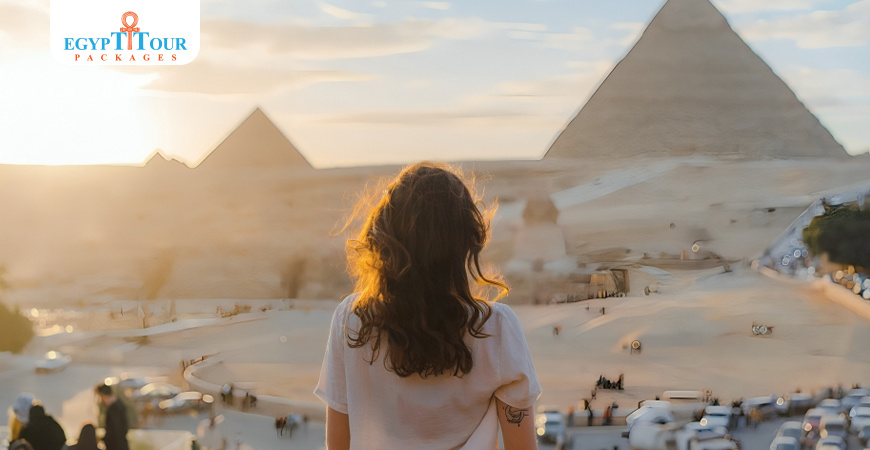
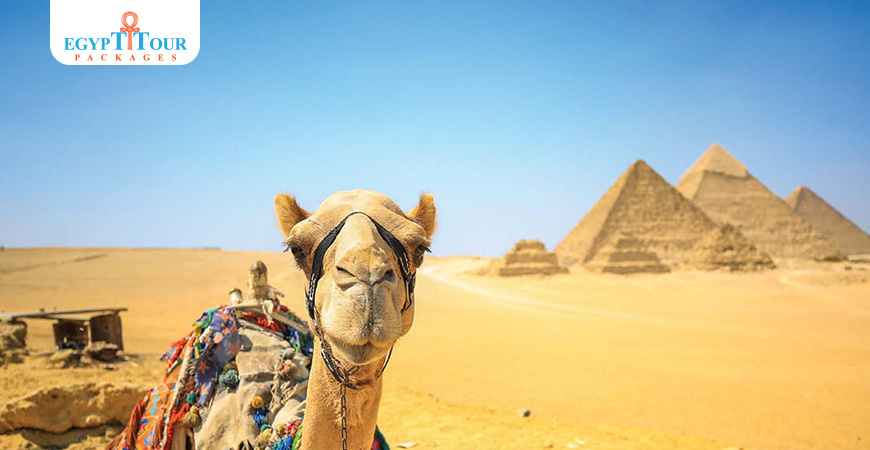











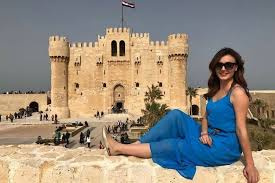

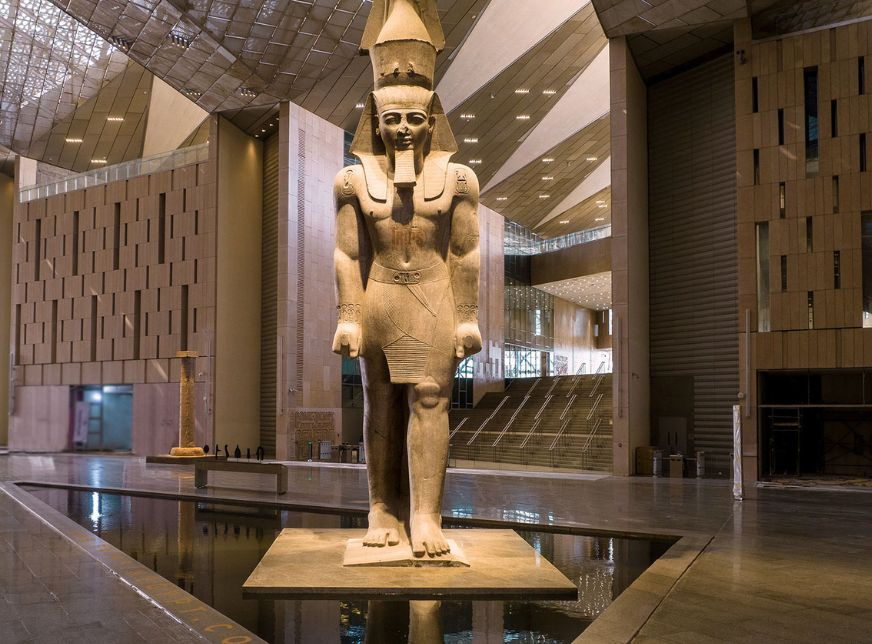




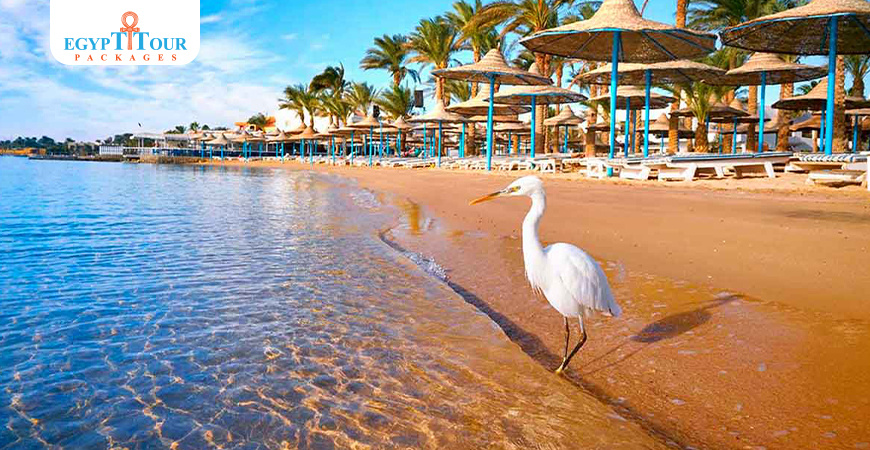
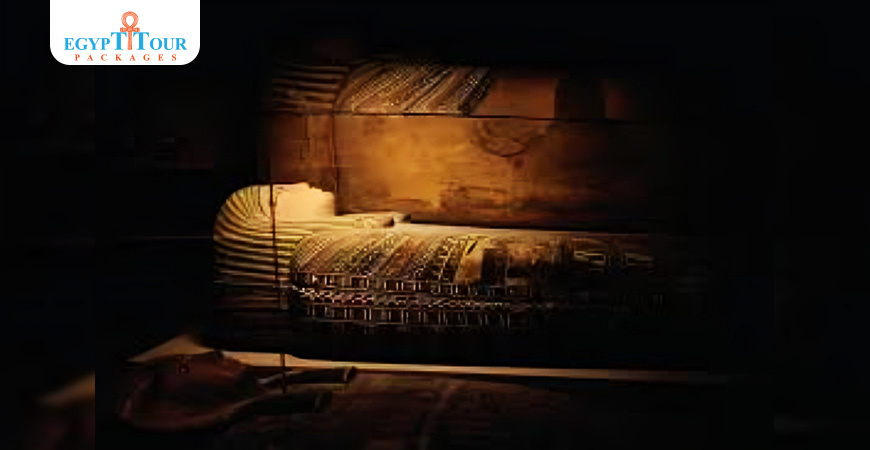









0 Comments